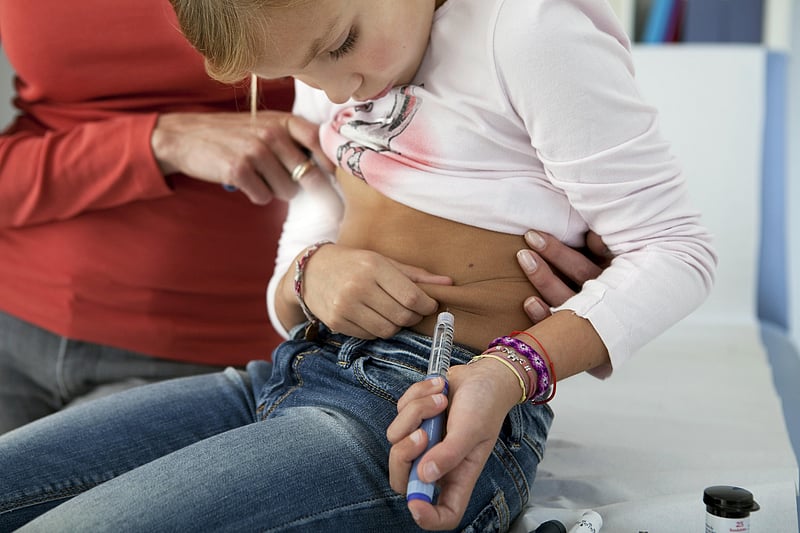Get Healthy!

- Robert Preidt
- Posted June 7, 2022
Technology Helped Kids With Type 1 Diabetes During Pandemic
High-tech devices and communication helped ease the impact of COVID-19 lockdowns on children with type 1 diabetes, researchers said in a new study.
Pandemic shutdowns caused significant disruptions in health care, and previous studies have shown that diabetes patients had worse blood sugar (glucose) control and more difficulty accessing care during the early days of the pandemic.
But the researchers also believe that the increased use of continuous glucose monitoring and rapid implementation of telemedicine were major factors in preventing worse outcomes among patients.
"Our diabetes team implemented telemedicine visits within weeks of the shutdown [in 2020], allowing us to provide care to our patients in an efficient and timely manner," said Dr. Abha Choudhary, an assistant professor of pediatrics at University of Texas Southwestern Medical Center.
"Our team was also able to utilize continuous glucose monitoring for a growing number of patients, which may have helped to mitigate some of the challenges brought on by the pandemic," Choudhary said in a UT Southwestern news release.
To assess how children with type 1 diabetes were affected during the first year of the pandemic, the researchers analyzed data on 1,600 patients at the Children's Medical Center Dallas in the year before the pandemic and during the first year of the global crisis.
The number of office visits by patients fell during the first year of the pandemic, but both glucose control and hospitalization rates were unchanged.
However, the study did reveal that existing disparities among minority and low-income patients continued during the pandemic. Before and during the pandemic, Black and Hispanic patients and those without private insurance had worse glucose control and higher hospitalization rates than white and insured patients.
The use of continuous glucose monitoring was higher among insured patients overall, but there was a significant rise in use by patients without private insurance during the early pandemic.
This is likely due to the increased availability of glucose monitoring systems offered to Medicaid recipients in Texas that took effect after COVID struck, according to Choudhary.
However, for "all the progress we have made, significant disparities remain with regard to access to some of the tools we think made the biggest differences during the early months of the pandemic," Choudhary said.
"From broadband access to the hardware and software that's so central to diabetes care these days, we've only begun to scratch the surface when it comes to addressing disparities in technology and remote-patient monitoring," she added.
The findings were published recently in the journal BMC Pediatrics.
More information
There's more on type 1 diabetes at the American Diabetes Association.
SOURCE: UT Southwestern, news release, May 31, 2022







